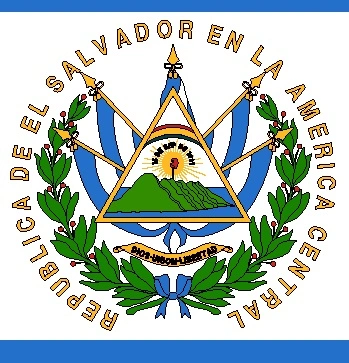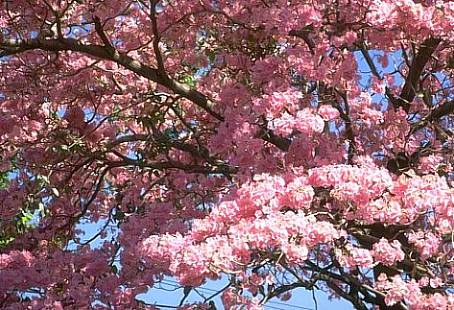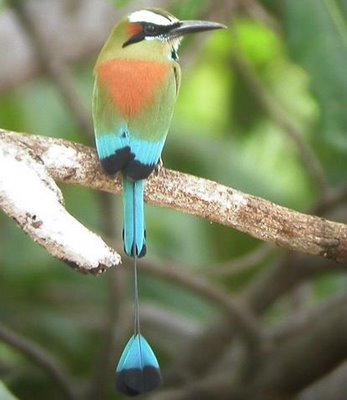2014 will be the 193rd celebration of independence for Salvadorean and several Central American countries including Guatemala, Honduras, Nicaragua, and Costa Rica. On September 15, 1821 these countries collectively proclaimed independence from Spain.

Although El Salvador has not fully recovered from the devastating Civil War of the 1980s, it is important to consider El Salvador’s historic pride and symbolism that is strongly linked to the natural environment and social progress induced by members of the community.
The blue and white flag represents Central American topography. The blue represents the Atlantic and Pacific oceans that are along the Central American coast. The white stripe of the flag symbolizes peace.

The coat of arms on the Salvadorean flag was designed by Rafael Barraza Rodriguez in 1912. The equilateral triangle represents equality, and each edge represents a governmental branch–the legislative, executive, and judicial. The 14 bay leaves that are connected with a blue and white ribbon represent the 14 government departments in El Salvador. They also symbolize human achievement that should be pursued every day.

The imagery of volcanoes surrounded by water represent the natural Salvadorean landscape that is filled with volcanoes and infused with beaches. The five volcanoes and flags also represent the five nations that proclaimed independence in Central America. The overarching rainbow symbolizes peace. The liberty cap and halo are liberty, and ‘los ideales del pueblo salvadoreno’ (the ideals of El Salvador).
This video below shows the musical band and dancers during the September 3 to 28 annual festivities. (It is really great during minute 6 through 14). We can see that both young girls and men wear blue and white uniforms. It is great to see them perform among a community audience in Jiquilisco Usulutan El Salvador.
Since 1940, the ‘Maquilishauat’ and ‘Balsamo’ trees have been regarded as the national trees, and celebrated on el ‘Dia del Arbol Nacional’ (Day of the National Tree) every June 22. Maquilishauat is known for its beauty when it blooms during the dry season in February to April. Balsamo has historically been used as a medicinal herb to cure stomach aches, and help cure cuts.

‘La Flor de Izote’ is native to El Salvador and Guatemala. It has been the national flower since 1995. It can be eaten like a vegetable, and can also be used to make fibers for textiles.

The Torogoz bird has been El Salvador’s national bird since 1999. The bird is endangered and can be seen in areas around the Yucatan Peninsula to Costa Rica. Torogoz represents liberty and unity.

We have seen that national symbols including the flag, bird, flowers, and trees give Salvadorean people intrinsic power to induce peace, unity, liberty, reach achievements, all in a beautiful natural environment. Although social and economic conditions may hinder the country from reflecting this to others, we can see that peace, unity, liberty, and human progress are central to El Salvador’s mission as a country.
Reference: http://www.elsalvador.com/especiales/2012/independencia/